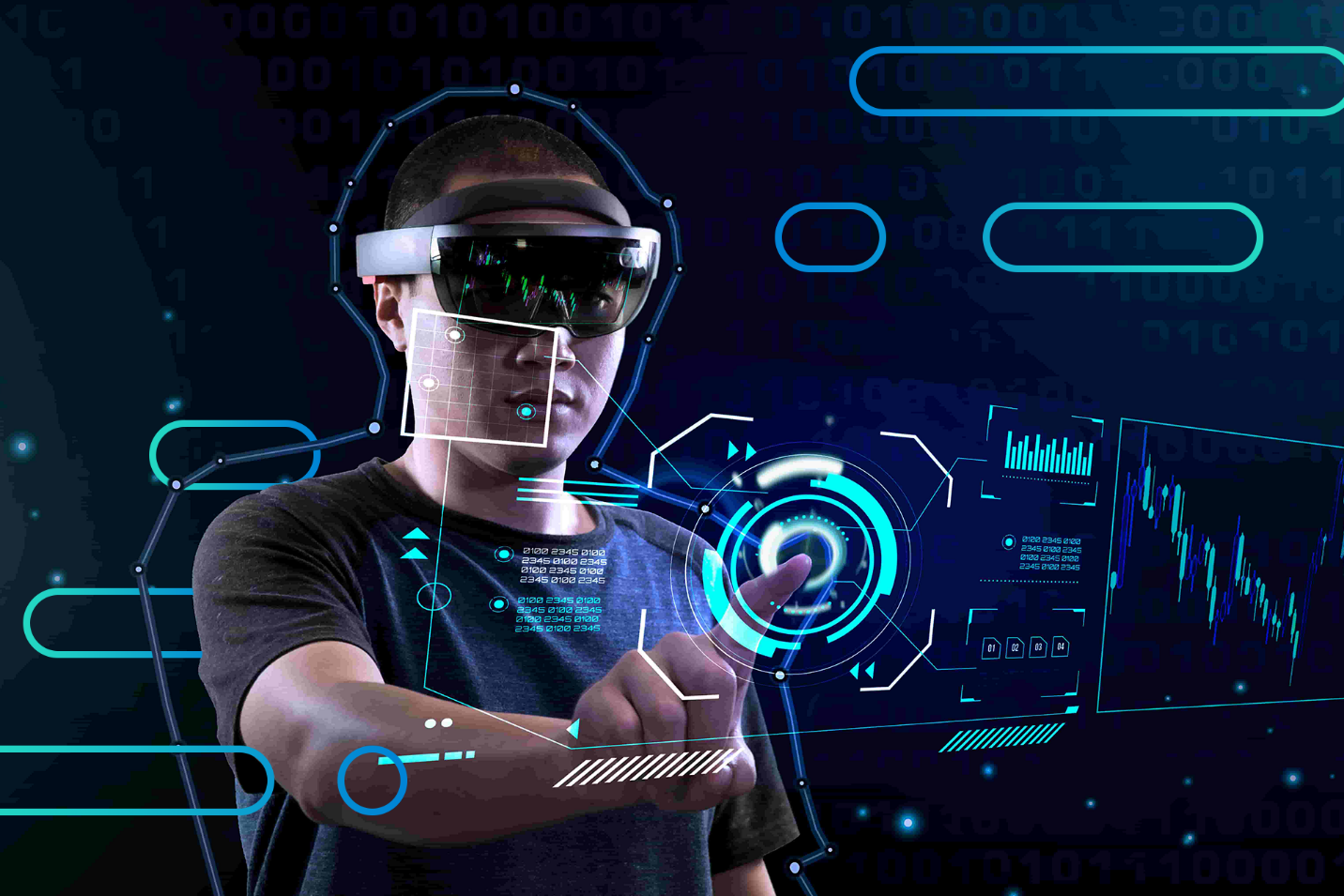THE ABCs OF VIRTUAL REALITY: WHAT YOU NEED TO KNOW
Virtual reality is revolutionizing the way we experience the world.
It allows us to transcend the boundaries of the physical world and explore new and amazing virtual worlds. It is also being used in a variety of industries, such as education, medicine, and entertainment.
If you are new to virtual reality, or if you are just starting to explore its potential uses, then this article is for you. In it, we will discuss the basics of virtual reality: what it is, how it works, and the different types that are available. We will also discuss some of the key applications of virtual reality, and how it is changing the way we live and work.
OVERVIEW OF VIRTUAL REALITY
Virtual Reality is a computer-generated simulation of a three-dimensional environment. It allows the user to interact with that environment realistically. VR can be used for gaming, education, and business purposes.
VR headsets are becoming increasingly popular, as they allow the user to immerse themselves in a virtual world.
Different Types of Virtual Reality
There are three types of virtual reality: immersive, desktop, and mobile.
Immersive VR involves using a head-mounted display to completely immerse the user in a virtual world. Desktop VR allows the user to experience VR using a regular computer monitor. Mobile VR is accessed using a mobile phone or tablet.
Each type of VR has its advantages and disadvantages. Immersive VR is the most realistic, but it can be expensive and requires special equipment. Desktop VR is the most affordable, but it can be less immersive than immersive VR. Mobile VR is the most portable, but it can be less immersive than the other two types.
Benefits of Virtual Reality
Virtual Reality has a lot of potential benefits.
Virtual Reality can be used for training and education, as it can create a more realistic environment than traditional learning methods. VR can also be used for therapeutic purposes, as it can help people with conditions such as anxiety or post-traumatic stress disorder.
VR can also be used for marketing and advertising, as it can create an immersive experience that allows the user to interact with the product. This is a great way to get people interested in products that they may not have otherwise considered.
Common Applications for Virtual Reality
You might be wondering what you can use virtual reality for. There are countless applications, and it's a quickly growing field. Virtual reality can be used for gaming and storytelling, education and training, healthcare, and more.
Gaming is one of the most popular uses for virtual reality. Players can immerse themselves in interactive worlds with realistic graphics and full-body tracking. Storytelling also uses virtual reality to create an engaging experience that transports viewers to a different world. VR is also becoming increasingly popular for educational and training purposes, as it allows for an immersive learning experience that encourages exploration and discovery. Finally, healthcare professionals are using VR to treat conditions like PTSD and stroke rehabilitation by providing virtual environments for therapy sessions or simulations for medical training.
CHALLENGES AND LIMITATIONS OF VIRTUAL REALITY
virtual reality does have its limitations. One of the inherent downsides of VR is that it can be physically taxing on the user. As you explore a virtual space, you may experience motion sickness or dizziness from the motion and the changing environment. And if you use a headset, it can be uncomfortable on the face and eyes after extended periods of use.
Additionally, there can be issues with cost and compatibility. Headset prices can range anywhere from hundreds to thousands of dollars and some require additional equipment like computers or gaming consoles to operate. Plus, certain headsets are only compatible with certain devices, so you will need to make sure that your computer meets all of the requirements for optimal performance.
The Future of Virtual Reality
As you can see, virtual reality has a bright future ahead of it. You may have heard of VR applications being used in the medical field or for immersive gaming, but they can also be used in lifestyle and education applications as well. With advances in technology, the possibilities are endless.
You could soon be witnessing surgeries from the comfort of your own home, experiencing virtual tours of other countries, or even diving into the depths of the ocean without ever leaving your chair. It is a technology that could completely revolutionize how we interact with our environment and one that deserves our attention more than ever.
Remember, VR isn't just for gamers and techies. There is a multitude of ways to use VR, from entertainment to education to business.









